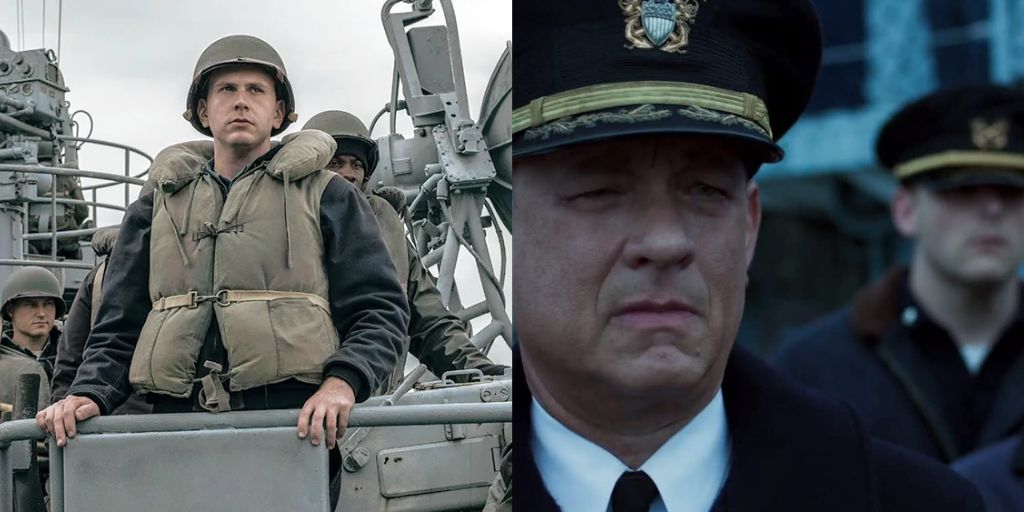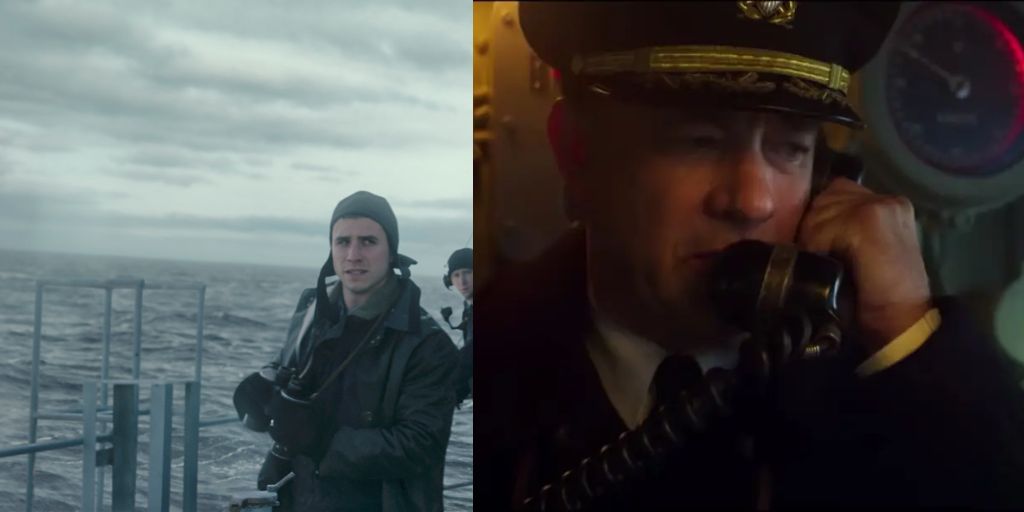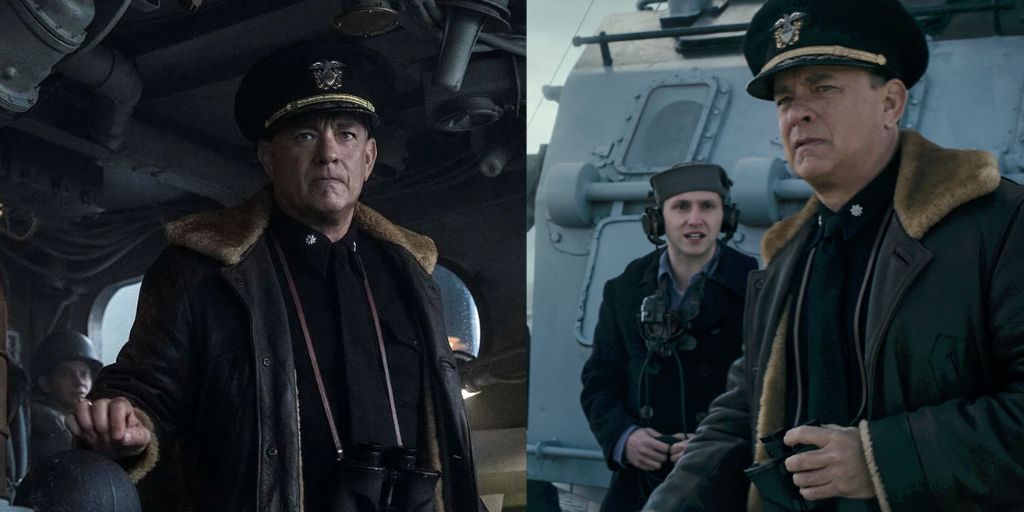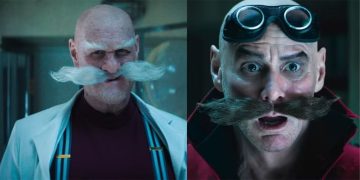Hollywood has been making movies about World War II heroes since the war ended in 1945, but today, no one seems to have more passion for this era than Tom Hanks. After earning an Academy Award nomination for his role in Steven Spielberg’s World War II epic, Saving Private Ryan, Hanks returned to this period to produce the acclaimed HBO series Band of Brothers and its companion shows The Pacific and Masters of the Air.
These shows have been praised by both veterans and World War II enthusiasts for their realistic portrayal of the challenges of combat, standing out from many other war films Hollywood releases. It’s likely that the accuracy of these shows would not have been achieved without big-name producers like Hanks and Spielberg being involved at every stage of the creative process.
While creating accurate and meaningful portrayals of the Allied veterans’ experiences is clearly important to Hanks, one of his most significant World War II-era projects has unfortunately been overlooked. The historical thriller Greyhound was released during the COVID-19 pandemic, which limited its impact, but it powerfully showcases the trials faced by the United States Navy.
Greyhound is the kind of film made for the big screen, so it’s not surprising that it has taken some time for audiences to fully appreciate its brilliance. The recent rise in Greyhound’s popularity shows that audiences are drawn to old-fashioned films inspired by real acts of heroism, especially as they grow tired of superhero movies and franchise films.
Based on the 1955 novel The Good Shepherd by naval expert C. S. Forester, Greyhound follows the efforts of rookie Naval Commander Ernest Krause (played by Hanks) as he leads his crew on a dangerous mission during intense naval combat with the Nazis. Hanks not only delivers an underrated performance as Krause but also personally wrote the screenplay for Greyhound to ensure its accuracy.
Hanks has long been an underappreciated creative force in his films, having directed other lesser-known works like Larry Crowne and That Thing You Do! Although both Greyhound and the novel it’s based on are fictional, they’re inspired by real stories of heroism from that time. Both Forester and Hanks conducted thorough interviews with World War II historians to make the depiction of naval combat as accurate as possible.
The result is a fast-paced thriller that highlights the incredible pressure faced by men like Krause. While Hanks’ performance is as strong as one might expect from America’s dad, Greyhound also shines in how it gives every member of its ensemble cast standout moments, despite being a brisk 90-minute film filled with action.
Greyhound takes place just a few months after the Allied forces entered World War II, following President Franklin D. Roosevelt’s decision to join the war after the Japanese military bombed Pearl Harbor. While the President had initially opposed entering the war—since most Americans were against sending young men to fight in another global conflict so soon after World War I—the brutal attacks on American soil shifted public opinion almost overnight, leading to a rapid increase in military spending.

The Allied military was desperate to deliver supplies to their forces fighting in the Pacific and European theaters, as shown in The Pacific and Band of Brothers. Greyhound emphasizes the importance of transatlantic convoys, like the Fletcher-class destroyer USS Keeling, which Krause nicknames Greyhound.
Krause is tasked with a mission in the “Black Pit” of the Mid-Atlantic gap, a dangerous area surrounded by German U-boats. Considering how basic much of the technology was and how perilous the open seas were, missions like the one depicted in Greyhound were almost considered suicide missions.
Although the film is grounded in real historical events, Hanks added fictional elements to Greyhound to make his character more relatable. Before taking command, Krause shares a romantic connection with a woman named Evelyn (played by Elizabeth Shue), which gives him a strong personal reason to survive the war.
Additionally, Krause’s inexperience makes him more vulnerable; while the other captains under his command have been fighting for over two years, Krause is stepping into a leadership role for the first time. *Greyhound* doesn’t exaggerate historical facts in a disrespectful way. Instead, it builds dramatic tension through character details, which is a key aspect of the best World War II movies.
Notably, Greyhound ends without revealing the fates of all the main characters, as World War II history is filled with many compelling stories that remain untold. Although it’s not as frequently portrayed in media as other high-profile conflicts in Western Europe, the Battle of the Atlantic was one of the most important campaigns of World War II.
The term was coined by Winston Churchill in a 1941 speech where he stressed the importance of delivering supplies to forces in the heart of combat. Churchill is quoted as saying that the “only thing that ever really frightened me during the war was the U-boat peril.”
This aspect of his leadership was not recorded in the Oscar-winning biopic Darkest Hour, but it plays a critical role in Greyhound. Without the supplies delivered by ships like the USS Keeling, the Allied forces would have been drained of resources and might not have succeeded in turning the tide of the war.
To deliver these supplies as quickly as possible, the Allied forces relied on merchant ships protected by naval vessels like the USS Keeling. Unfortunately, during this early stage of the war, the Axis powers had the upper hand because their powerful U-boats could form “wolf packs” that hunted down and destroyed the merchant ships using submarine warfare.
An estimated 90 ships and over 1,000 seamen were lost during the first two years of this campaign, which underscored the need for Allied vessels to destroy German U-boats before they could attack. This aspect of naval warfare is rarely depicted in Hollywood films about World War II; while there are many iconic films about trench warfare and fighter pilots, the most critical part of the conflict happened at sea.
Even though Greyhound is a fictional story, it’s directly inspired by a real battle from 1943. After the German U-boat U-405 got close to merchant ships carrying supplies, the Allied vessel USS Borie rammed into the submarine, leading to intense close-quarters combat.

During a chaotic ten-minute battle, the crew of the USS Borie had to work quickly to destroy all the German weapons systems. Although the USS Borie was retired from duty a day later, it succeeded in sinking U-405 and protecting the supply route from further attacks. This mirrors the ending of Greyhound, where Krause’s ship sinks several U-boats before being refitted for active duty in Derry.
Despite its deviations from historical facts, Greyhound accurately portrays the real dangers faced by men on ships like the Borie. In addition to being cut off from communication with most of the Allied forces, the men onboard had to deal with numerous physical and mental health challenges due to their confinement.
While Greyhound provides a more realistic depiction of naval combat than most war films, it was largely overlooked when it first came out. Although it was initially planned for a wide theatrical release, the film was distributed on Apple TV+ due to theater shutdowns during the COVID-19 pandemic.
It’s understandable that Sony Pictures had to sell the film to Apple TV+ since it was unclear how long theaters would be closed. However, few films would have been better suited for IMAX theaters, with advanced sound and visuals, than Greyhound, which features the kind of attention to detail that made Oppenheimer one of the biggest hits of 2023.
While viewers may not have been able to see it in the ideal format, there’s hope that the upcoming sequel might get a theatrical release, potentially turning this into an engaging historical film series.




